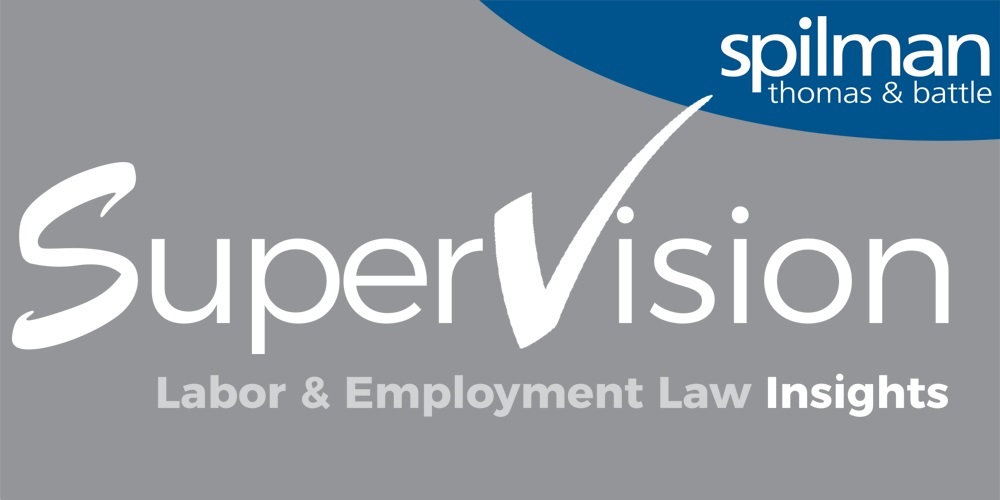Article
Resources
Article
Focus on Developing an Inclusive Workplace as Employees Working Separately Becomes Standard

Diversity, equity, and inclusion (“DEI”) initiatives play a critical role in creating and sustaining a high-functioning business with an open flow of creative ideas. As companies continue to adapt to having an increased share of employees working in a remote or hybrid role, they should reexamine whether their workplace culture is inclusive for people of all backgrounds and experiences. Businesses that are viewed by their employees as unfair and unopen to feedback are more likely to have high turnover and face employment discrimination lawsuits. Although many leaders today recognize that diverse and inclusive workplaces help attract top candidates and maximize profits, developing an inclusive culture can be complicated. Inclusion requires intentionality, time, and a willingness to listen and change.
In her 2022 book titled Inclusion on Purpose: An Intersectional Approach to Creating a Culture of Belonging at Work, author and inclusive leadership and workplace culture expert Ruchika Tulshyan offers concrete strategies for developing a more inclusive workplace grounded in research and interviews. These three strategies, as well as others detailed by Tulshvan, offer specific, tangible steps that leaders and companies can take to work towards a more inclusive workplace:
1. To develop leaders with an inclusive mindset, train them to invite feedback from their team about how they have expressed bias in the past or could be more inclusive. Successful workplace relationships require effective feedback, and leaders can model ways for subordinates to receive and learn from constructive feedback. Leaders should seek information about why team members feel like they do or do not belong, situations where the leader made the employee feel included, and suggestions for how the leader could create a more inclusive environment.
In soliciting this feedback, we recommend that you do not require an immediate response; give employees the opportunity to reflect on their experiences and provide feedback without putting them on the spot. Although creating an opportunity for open dialogue has the potential to help leaders better understand their team members’ perspectives, some organizations may prefer to use anonymous surveys to solicit candid thoughts from employees.
As we have recommended in other contexts, when you solicit and receive feedback, it is crucial that leaders act after receiving this feedback to address employee concerns. Employees must be informed that under no circumstances will they be punished for offering candid feedback. Regular check-ins with employees will give the leader opportunities to improve the functioning of their team and show the employee that their experiences and opinions are valued.
2. When hiring, move away from focusing on culture fit and seek candidates who will add to the organization’s culture. By hiring for fit, an organization is looking for sameness. Team members involved in all levels of the hiring process—not just human resources—should be trained to seek candidates with identities and experiences that are not currently represented on the team. Include people with diverse backgrounds in the interviewing and hiring process. Be objective and specific when evaluating what a candidate brings to the table instead of simply considering who would be the most enjoyable to go to happy hour with after work. When leaders do not check their affinity bias, they are more likely to exclude women of color and other minorities.
3. Leaders should commit themselves to seeking information about experiences that are different from their own. People who have not directly experienced racism, sexism, ageism, or ableism may be more comfortable denying that it can interfere with an individual’s ability to succeed at work. By reading fiction, watching a movie or television show, seeing a theatre performance, or otherwise seeking out art that portrays a different perspective and experience, leaders can build empathy. Although leaders may often be drawn to business or management books, fictional works can be a useful tool to help leaders understand and be more empathetic toward different experiences.
Spilman is committed to creating a diverse and inclusive workplace and is able to assist you with creating inclusive policies, procedures, and hiring practices.


